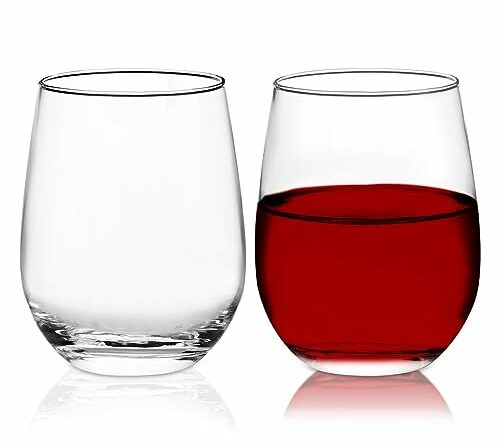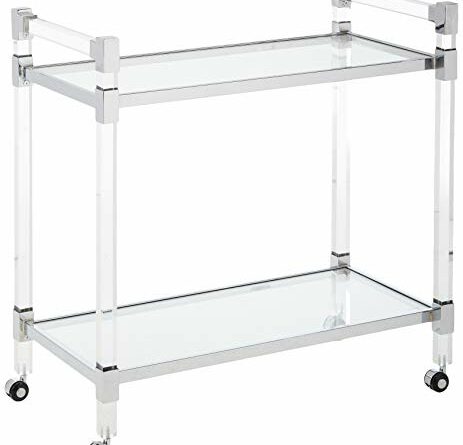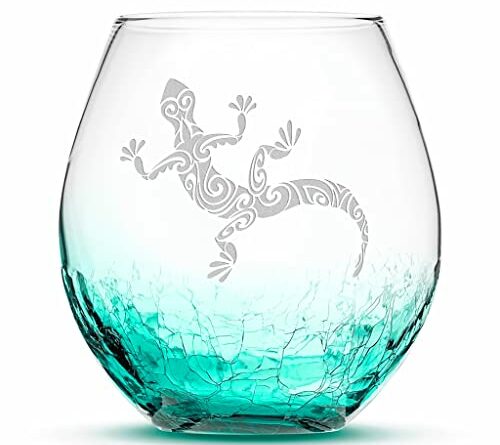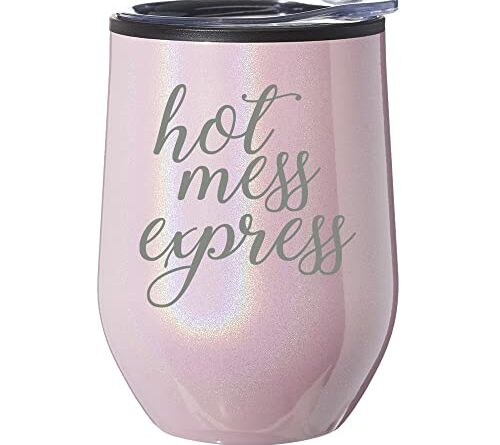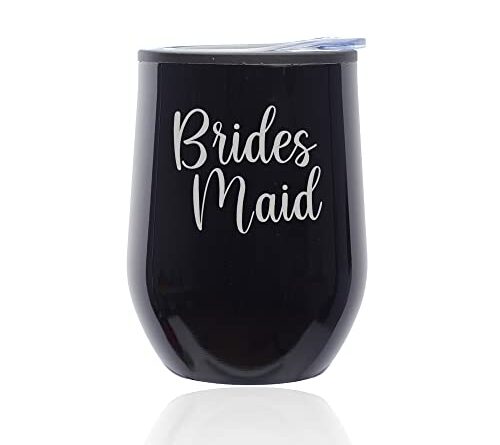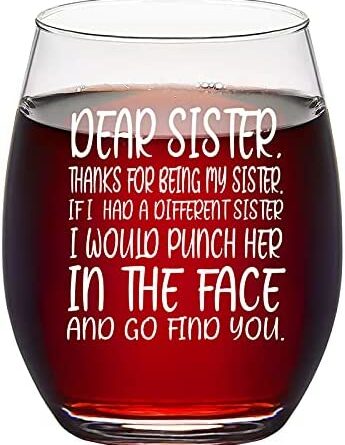Burgundy Glass
The Burgundy glass is a wine glass specifically designed for aromatic wines like Pinot Noir. It features a balloon shape and a large bowl, which serves the purpose of capturing the wine’s aromatics. When aromatic wines are poured into the glass and swirled, the vapors get trapped due to the cone shape of the glass, allowing the drinker to fully experience the wine’s aromas.
It is important to hold the Burgundy glass by the stem to avoid altering the temperature of the wine. Grabbing the glass by the bowl or swirling it in an awkward manner can affect the wine’s flavor profile. The glass should have a thin lip to ensure a smooth pouring experience, as a bulky rim can create an unpleasant transition of the wine in the mouth.
The shape of the Burgundy glass also contributes to its effective delivery of the wine. The wine pours into a narrow triangle shape, evenly spreading across the mouth and allowing the sides of the tongue to experience the flavors. Due to Pinot Noir being a high acid grape, the delivery of the wine is enhanced in this glass. Furthermore, the large bowl of the Burgundy glass makes it a versatile option for enjoying other types of wines and even making margaritas.
Bordeaux Glass
The Bordeaux glass, also known as the Cabernet glass, is designed specifically for tannic wines like those from Bordeaux and wines heavy on Cabernet Sauvignon. It has a unique shape with a narrow bowl and more headroom compared to the Burgundy glass. The curved shape of the glass resembles an oversized wine glass that has been stung by a bee.
Cabernet-based wines are known for their tannins and require significant aeration to soften them. The shape of the Bordeaux glass allows for ample oxygen exposure and breathing room, similar to a mini decanter. The volume of the glass provides the necessary space for the wine to decant and for the tannins to mellow over time, resulting in a more enjoyable drinking experience.
From a delivery standpoint, the Bordeaux glass offers a faster pour, covering the palate from the front to the back as soon as the glass is tipped. The linear shape with a slight curvature ensures an even distribution of the wine on the palate. The elegance and aesthetic appeal of the Bordeaux glass make it an ideal choice for red wine enthusiasts.

Chardonnay Glass
The Chardonnay glass is specifically designed for white wines, particularly Chardonnay. It features a shorter stature and a smaller bowl compared to the previous wine glasses discussed. White wines often have more pronounced aromatics and acidity, and the Chardonnay glass is crafted to enhance these characteristics.
The smaller bowl of the Chardonnay glass allows the aromas of the white wine to concentrate, bringing forth a more intense olfactory experience. The smaller size also helps to highlight the acidity of the wine, leading to a more balanced and refreshing taste. However, personal preferences may vary, and some individuals may still prefer to drink Chardonnay or other white wines out of a larger glass for a different delivery experience.
Port Glass
The Port glass is designed specifically for sweet and fortified wines like Port. It is smaller in size compared to the standard wine glass and similar in shape and style. The glass may have a slightly more fluted shape to capture the aromatics of the wine.
Dessert wines, including Port, are typically enjoyed in smaller quantities due to their sweeter and higher alcohol content. Pouring a smaller portion into a smaller glass ensures a proportionate serving and maintains the integrity of the wine. The delivery of the wine in a Port glass tends to focus more on the center of the palate, accentuating the sugar notes.
The size and shape of the Port glass also set the tone for a different drinking experience. When these glasses are brought out during a meal, it signals a shift towards a more indulgent and dessert-like course. The visual aspect of glassware can play a significant role in creating a well-rounded dining experience.

Champagne Flute
The champagne flute is arguably the most famous glass shape when it comes to sparkling wines. With its narrow shape and small opening, the champagne flute is designed to facilitate the rising of bubbles in the wine. The glasses are usually around two inches wide at the opening to limit the surface area, ensuring that the bubbles stay intact for a longer period.
When champagne or other sparkling wines are poured into a wide glass, the increased surface area allows the bubbles to disperse quickly. However, pouring sparkling wine into a narrow champagne flute allows the bubbles to continue rising steadily, providing a visually appealing experience. While the champagne flute may not allow for extensive wine evaluation, it adds a celebratory and fun element to the drinking experience.
It is worth noting that for wines like Champagne, which is technically a type of wine, some individuals prefer to pour it into a white wine glass instead of a champagne flute. Using a white wine glass enables a more comprehensive evaluation of the wine, taking into account its aroma, flavors, and mouthfeel.
Coupe
The coupe glass is a distinctive glass shape that is often associated with vintage cocktails and sparkling cider. It has a short, squatty design and a thick rim, which is said to resemble the shape of Marie Antoinette’s breast, according to legend and the unique narratives that surround this glassware.
When it comes to sparkling cider or cocktails, the coupe glass offers a different drinking experience compared to the champagne flute. The wider surface area allows for the release of bubbles, creating a more effervescent and lively drinking experience. However, the coupe glass does not provide the same opportunity for swirling or evaluating the wine as some other glass shapes do.
The use of a coupe glass can add a touch of elegance and sophistication to special occasions or cocktail parties. Its distinct shape and historical references make it a conversation starter, and it remains a popular choice for serving various cocktails and sparkling beverages.

Stemless Glass
The stemless glass, also known as the stimulus glass, emerged in the late 1990s and early 2000s as a more casual alternative to traditional wine glasses. Unlike other glasses, it lacks a stem and base, but it retains a wide bowl that allows for swirling and aerating the wine.
The stemless glass was designed to encourage people to enjoy wine in a more relaxed and unpretentious manner. It is often associated with wine served at picnics or casual gatherings. Despite its simplified design, the wide bowl of the glass still allows for some aromatic development and enhances the overall sensory experience.
While some wine enthusiasts may prefer the traditional stemmed glass for its elegance and role in maintaining optimal wine temperature, others appreciate the stemless glass for its convenience and durability. It offers a more laid-back approach to wine enjoyment while still capturing some of the essential characteristics of wine with its wide bowl.
Universal Glass
The universal glass is a versatile option that is suitable for various types of wines. It aims to provide an elegant and seamless drinking experience, regardless of the specific wine being served. The universal glass typically has a balanced design, incorporating elements from different specialized wine glasses.
The versatility of the universal glass lies in its ability to capture the overall characteristics of different wines, rather than highlighting specific aspects. It offers a middle ground, allowing wine enthusiasts to enjoy a wide range of wines without the need for multiple specialized glasses.
For individuals who appreciate a diverse selection of wines or want a practical and straightforward glass option for everyday use, the universal glass serves as a go-to choice. It provides a harmonious balance between aesthetics, functionality, and convenience, allowing for enjoyable and uncomplicated wine tasting experiences.
Perception and Experience of Drinking Wine
The wine glass plays a significant role in enhancing the perception and overall experience of drinking wine. Different wine glasses are specifically designed to capture and accentuate the unique characteristics of different types of wines. This includes aspects such as aromatics, flavors, acidity, and the delivery of the wine onto the palate.
The shape, design, and size of the wine glass can influence how we perceive and interact with the wine. A well-designed glass can enhance the aromatics, allowing them to properly develop and be appreciated by the drinker. The delivery of the wine onto the palate also varies depending on the glass, affecting how the flavors are experienced and how the wine spreads across the tongue.
Additionally, the visual aspect of the glassware adds to the overall experience of wine drinking. The design and aesthetics of the glass can evoke certain feelings or set the tone for a particular dining or social occasion. Whether it’s the elegance of a stemmed glass, the unique shape of a coupe, or the casual charm of a stemless glass, the choice of wine glass can elevate the overall enjoyment of drinking wine.
It is worth mentioning that while the wine glass can enhance our perception and experience of drinking wine, it is only one factor among many that contribute to our enjoyment. Factors such as wine quality, serving temperature, food pairing, and personal preferences also play essential roles in shaping our overall wine drinking experience.
Conclusion
In conclusion, wine glasses are not just vessels for holding wine; they are carefully designed tools that enhance our perception and experience of drinking wine. Each wine glass has its own unique shape, design, and features, all intended to capture the aromatics, enhance the flavors, and deliver the wine effectively.
From the balloon-shaped Burgundy glass that captures the aromatics of aromatic wines, to the narrower Bordeaux glass that softens tannic wines, each glass serves a specific purpose. The Chardonnay glass enhances the aromatics and acidity of white wines, while the Port glass is suited for sweet and fortified wines. The narrow shape of the champagne flute facilitates the rising bubbles, while the coupe is a distinctive choice for cocktails and sparkling cider. The stemless glass provides a casual and practical option, and the universal glass offers versatility for various wines.
The choice of wine glass can significantly impact the way we perceive and enjoy wine. By selecting the appropriate glass for each type of wine, we can fully appreciate the wine’s aromas, flavors, and texture. Furthermore, the visual appeal and aesthetics of the glassware contribute to the overall dining or social experience when enjoying wine.
Next time you pour yourself a glass of wine, consider the glass you’re using and how it affects your perception and experience. Cheers to choosing the right glass and savoring every sip of your favorite wines!


